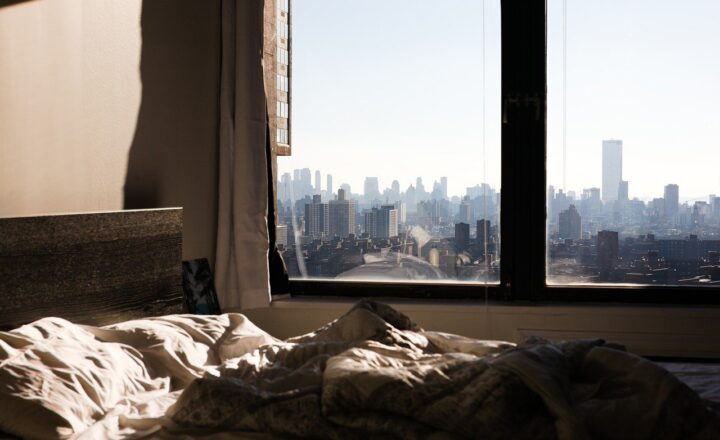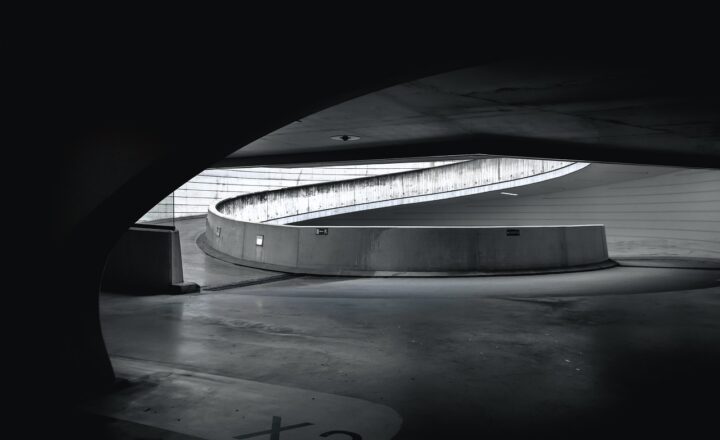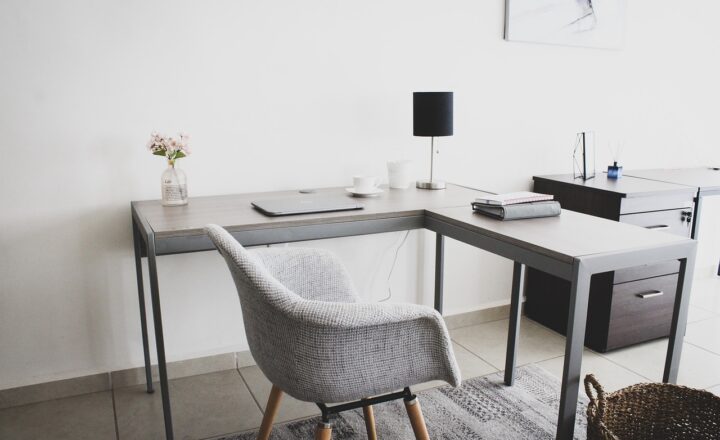
In today’s fast-paced world, more people are working remotely than ever before. Creating a dedicated workspace at home can lead to increased productivity and focus. One popular approach to designing a home office is the minimalist style, which emphasizes simplicity, functionality, and a clutter-free environment. In this article, we will explore step-by-step how to create a minimalist home office that enhances your workflow and well-being.
1. Understanding Minimalism in Home Office Design
Minimalism is a design philosophy that promotes functionality over excess. In the context of a home office, this means creating a workspace that is visually clean, devoid of distractions, and filled only with essential items that support your work. A minimalist design often incorporates natural light, a neutral color palette, and sustainable materials, contributing to an overall sense of calm and clarity.
Key Principles of Minimalism:
– Less is More: Keep only the essentials and remove items that do not serve a functional purpose.
– Declutter Regularly: Make it a habit to discard or donate items that you no longer use or need.
– Focus on Quality: Invest in high-quality furniture and equipment that will last.
2. Choosing the Right Location
Selecting an appropriate spot for your home office is crucial in the minimalist setup. Here are some tips to help you find the perfect location:
– Quiet Area: Choose a room or corner away from noise and distractions to maintain focus.
– Natural Light: If possible, set up near a window to absorb natural sunlight, which can improve mood and energy levels.
– Privacy: Ensure the workspace offers a level of privacy, especially if you have family members or roommates who will be around during work hours.
3. Selecting Minimalist Furniture
The furniture you choose sets the tone for your minimalist office. Here are key pieces to consider:
– Desk: Opt for a simple desk with clean lines. A floating desk or a sleek writing desk can save space and reduce clutter.
– Chair: Choose a comfortable and ergonomic chair that promotes good posture. Look for designs reflecting a minimalist aesthetic.
– Storage Solutions: Instead of bulky cabinets, consider vertical storage options. Floating shelves or minimalist filing systems can keep paperwork organized without overwhelming the room.
Recommended Furniture Choices:
– Scandinavian-style desks and chairs often work well in minimalist designs due to their simplicity.
– Use multifunctional furniture, such as a desk with built-in storage or a chair that doubles as a guest seat.
4. Choosing a Color Palette
A minimalist color scheme can make your home office appear more spacious and organized. Consider the following:
– Neutral Colors: Whites, grays, beiges, and soft pastels create a calming effect and keep distractions at bay.
– Accent Colors: Incorporate one or two accent colors to add personality. This might be in the form of art, plants, or decor.
– Keep It Consistent: Ensure that your color choices for furniture, walls, and accessories harmonize to maintain a cohesive look.
5. Lighting Your Minimalist Office
Effective lighting plays a crucial role in creating an inviting office atmosphere. Here are some tips:
– Natural Light: Position your desk near a window to take advantage of natural light. It’s not only energy-efficient but also boosts your mood.
– Task Lighting: Use a modern desk lamp that provides adequate lighting for tasks, without being obtrusive.
– Dimmable Options: Consider installing dimmable lights or smart light bulbs to adjust brightness as needed throughout the day.
6. Minimizing Clutter and Personalizing Your Space
A true minimalist workspace must prioritize organization and functionality while allowing for a touch of personal style:
– Declutter Regularly: Keep only what you need on your desk. Organize essential items in drawers or on shelves to avoid a crowded workspace.
– Select Meaningful Decor: Choose ONE or TWO decorations that inspire you—these could be photos, a plant, or art that resonates with you.
– Organize with Purpose: Use organizers that fit your minimalist aesthetic, like clear containers or woven baskets, to manage office supplies.
Personalization Tips:
– Aim to display items that reflect your style while not detracting from the overall minimalist feel.
– Rotate art or decor periodically to keep the space feeling fresh without adding clutter.
7. Integrating Technology Wisely
In the digital age, technology enhances productivity and simplifies tasks. Here’s how to integrate tech while keeping the minimalist vibe:
– Cable Management: Use cable organizers or cord covers to keep wires neat and tangle-free. A wireless setup for devices can also reduce clutter.
– Choose Functional Tech: Invest in devices that streamline your work processes, such as a reliable laptop, a good-quality monitor, or a multifunction printer.
– Apps Over Tools: Utilize digital tools and apps for project management, notes, and files, minimizing the need for physical notebooks and paperwork.
8. Maintaining Your Minimalist Home Office
Finally, to keep your home office minimalist in the long run, consider the following:
– Set a Cleaning Schedule: Dedicate time each week to tidy up and maintain your organized space.
– Evaluate Your Needs Regularly: Periodically assess the items in your office to ensure they still serve a purpose.
– Avoid Impulse Purchases: Be mindful when acquiring new items for your office. Ask yourself if they truly add value to your space.
Conclusion
Creating a minimalist home office requires thoughtful planning and intentional choices. By focusing on simplicity, functionality, and a clutter-free environment, you can design a workspace that not only looks great but also boosts your productivity and mental well-being. Embrace the minimalist lifestyle and enjoy a serene and efficient working space in the comfort of your home.
As you embark on this journey, remember that your home office is a reflection of you and should inspire productivity while being an inviting retreat for focused work.






